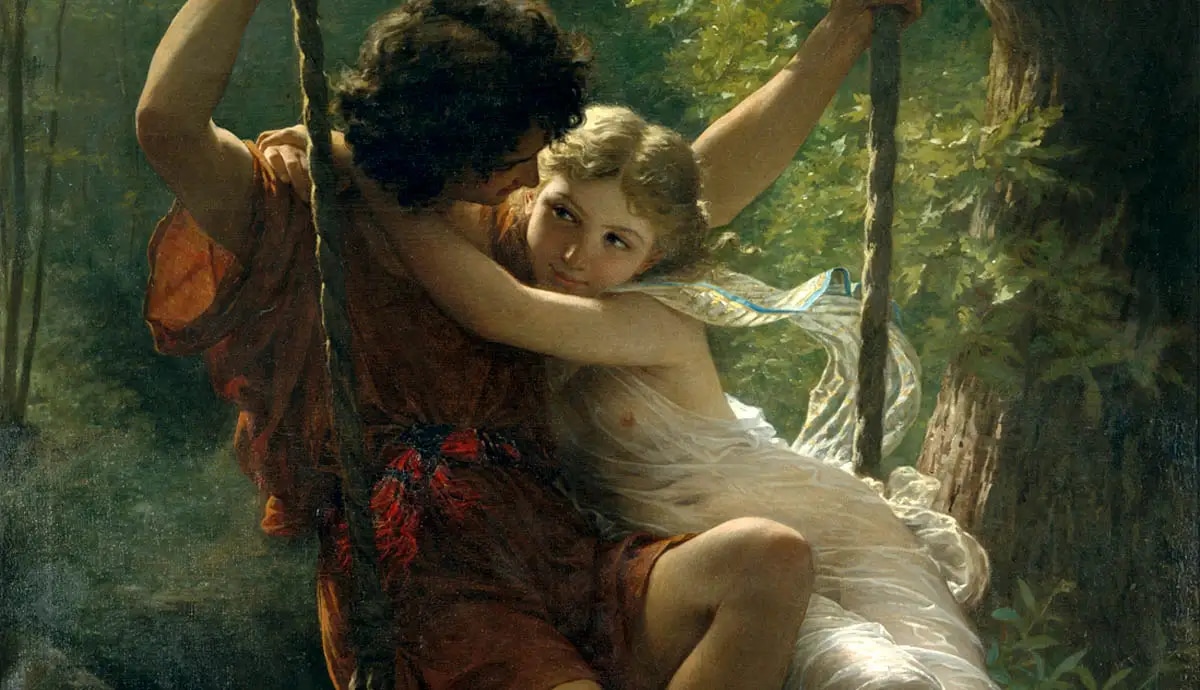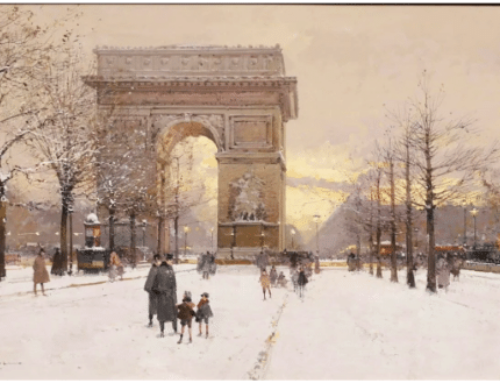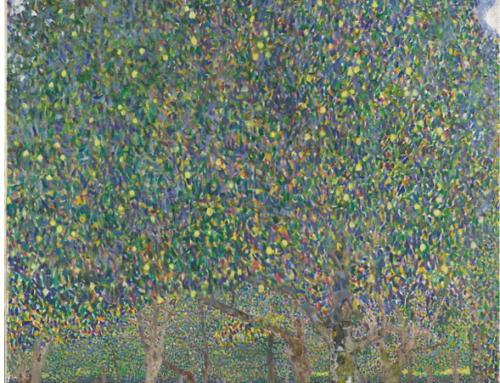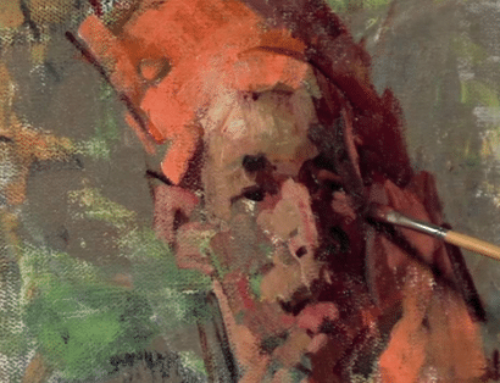Your relationship with your muse, just like any other longterm thing, can get feeling a little stale. Sometimes you need more than date night to shake things up. Think of this exercise as a romantic vacation with your muse.
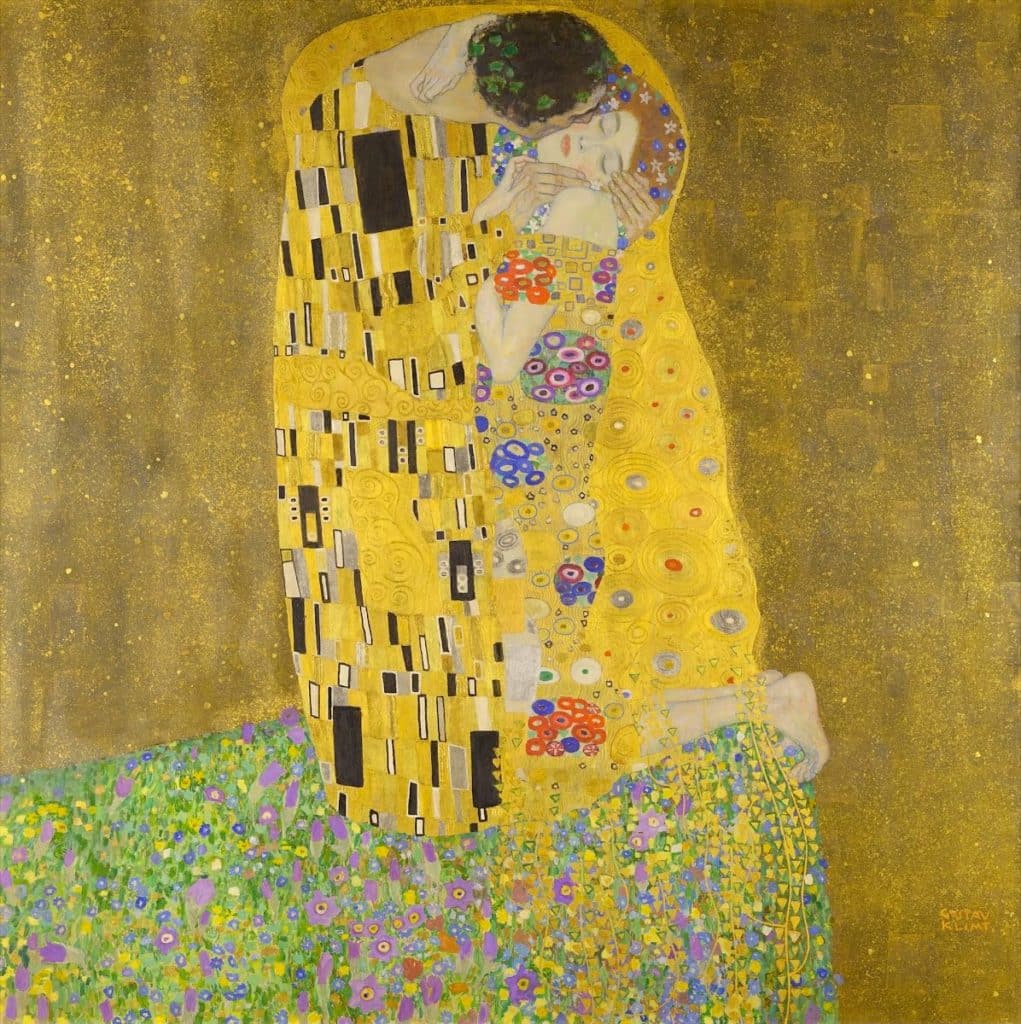
Gustav Klimt’s The Kiss (1908) breaks just about every rule of composition there is. But isn’t it romantic?
Because your muse – the creative impulse that tempts and drives and inspires you to want to make your art, is different from technique. Of course it makes sense to learn all the “rules,” the sound principles and techniques that have worked for artists throughout history. But equally important is “forgetting them,” as they tell you do, and sometimes that requires an intervention.
So: List all the rules you know about painting. Then next to each rule, write down two ways to break it.
Why? Familiarity breeds fatigue. And playing it safe halts development. Remember what Oscar Wilde said: Dullness is the coming of age of seriousness. Don’t let seriousness happen to you!
Art is supposed to fun; it’s all about play. Remember how exciting it was to break the rules when you were a kid?
Here’s the exercise broken into three parts: When you have your list of rules and two specific strategies or techniques for how to break each one, do the following –
- choose several of your routine rules or one at random to start with
- pick one of its two alternative possibilities
- invent a way to make it work. This is the most important step – the goal is not to be destructive and create chaos, it’s to be creative, discover exceptions – basically to create problems for yourself to force yourself to invent workarounds that open up new ways of thinking and doing.
If you go by the “rule of thirds,” invent two different ways to make a new “rule of dead center” or “rule of two halves” work out (circular compositions are one way to do this, another might be a depiction off a path receding into the horizon with asymmetrical points of interest on either side of it).
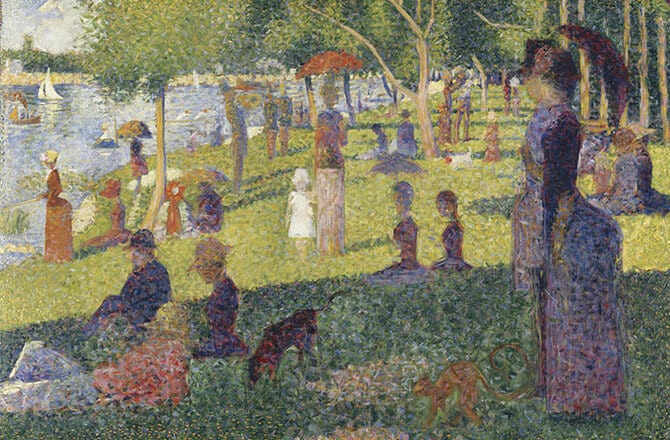
Seurat’s Sunday Afternoon the La Grande Jette. The figure in the center is …. well, right in the center. I’d be hard-pressed to nominate a single focal point here, too.
If you usually include a single focal point, think of two different ways to make a successful painting that doesn’t have one (e.g.what about a circular or triangular composition? does a painting of a sunset always need a focal point? Does a lily pond? A crowded city street? A beach full of sunbathers and swimmers?).
(Once you start looking, you find out that almost NONE of the most famous paintings in the world follow the conventional rules of composition and design! But that’s another story.)
Doing this reintroduces you to your creativity and your art. It’s like renewing your vows; you’re getting to know your muse again. Put aside whatever you know all too well; you will discover things you never would have otherwise, and the experience will help you develop a better understanding of, and versatility with, your medium.
If you take this far enough, you can end up deepening your understanding of your personal goals and voice (vision and style). What would happen if you deliberately denied yourself everything you knew about other peoples’ paintings and had to punch your way out of the paper bag, as it were?
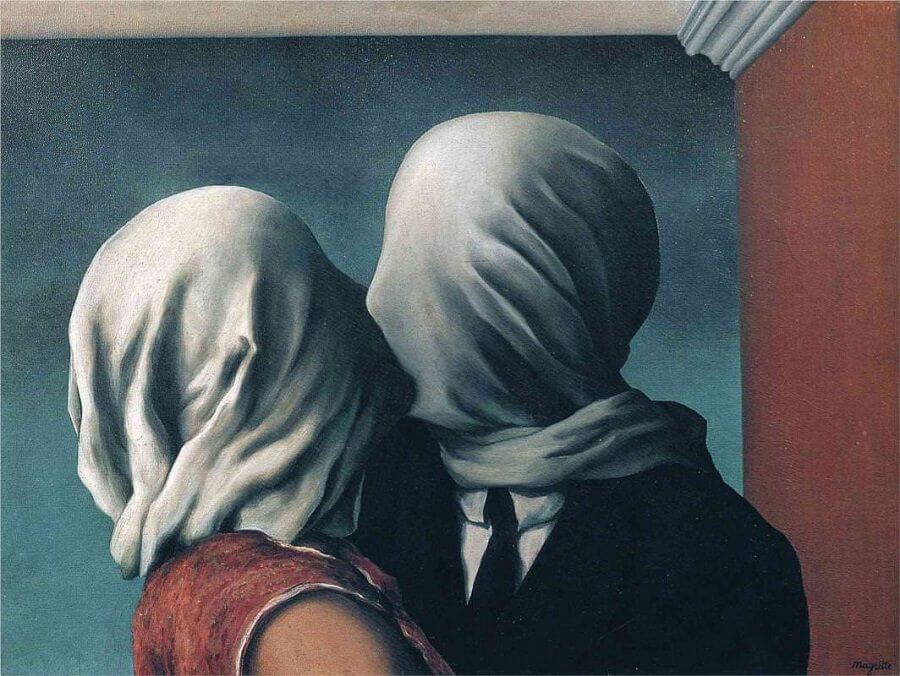
Rene Magritte, The Lovers, 1928. What rule of thirds?
If an experiment fails to produce interesting results, you’ll have confirmation and a better understanding of what you’re doing that’s working for you. If an experiment succeeds by producing results that are exciting or intriguing, you’re on to something. So go forth and develop a new relationship with the medium and maybe even spark a personal breakthrough.
Often you’ll need to try an experiment more than once. Try each experiment long enough to see whether they’re working or not; many of these things won’t feel natural at first, but if you can shake off the discomfort you become able to problem-solve more freely.
Remember: Friends don’t let friends be serious. And never forget that every rule was once an experiment or a response to a problem that an artist in the throes of creative flow came up with on the fly.
The g0al is to acquire enough sound technique to facilitate that creative flow, not to make “perfect” paintings.
Third Place Monthly Plein Air Salon
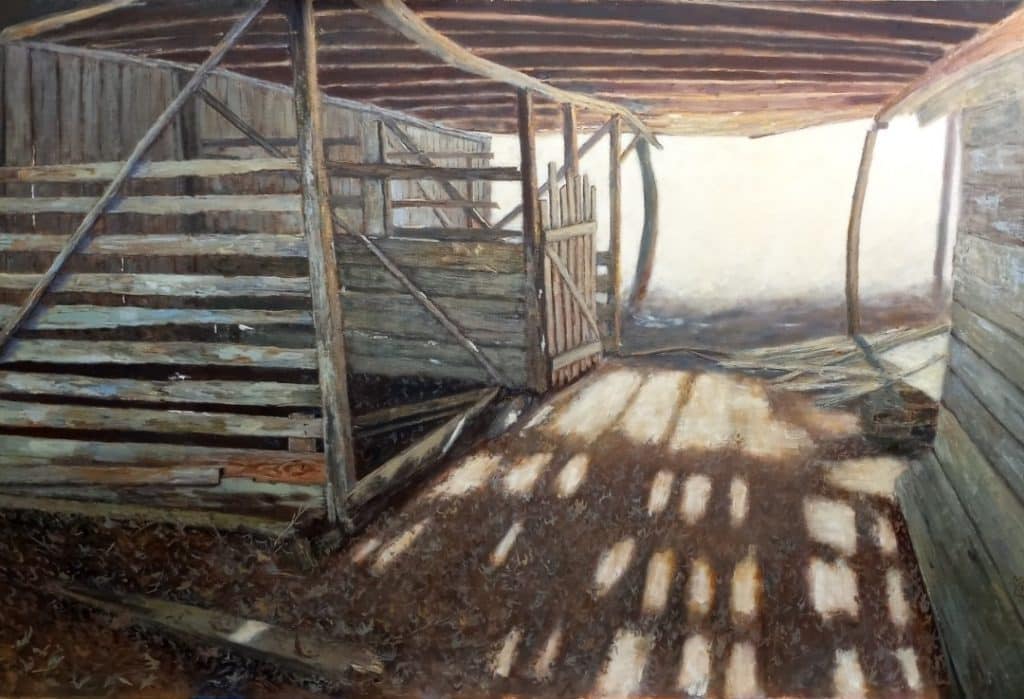
Elizabeth Morgan, Soul Food, 24 x 36 inches
Elizabeth Morgan’s “Soul Food” won third place in the Plein Air Salon’s July competition. “I paint and draw stuff,” Morgan says.
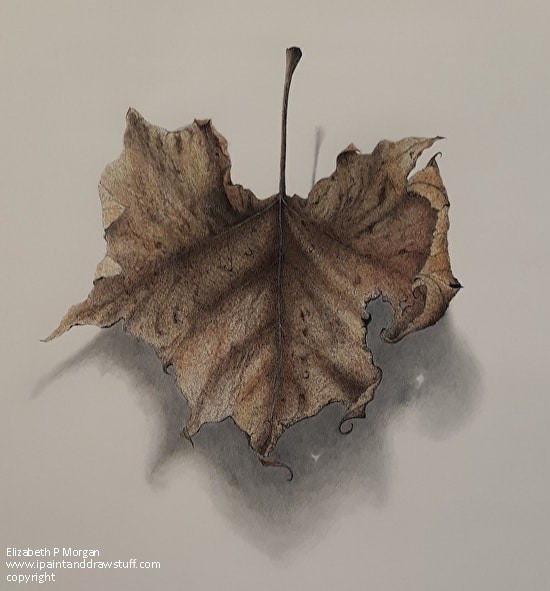
Plein Air magazine’s monthly salon is an open competition that culminates in a lavish award gala with big cash prizes for the best paintings overall in multiple categories. Visit the Plein Air Salon website for your chance to enter your work in the monthly contest, from which the finalists for the grand prizes will be drawn.
In the paint,
Chris

